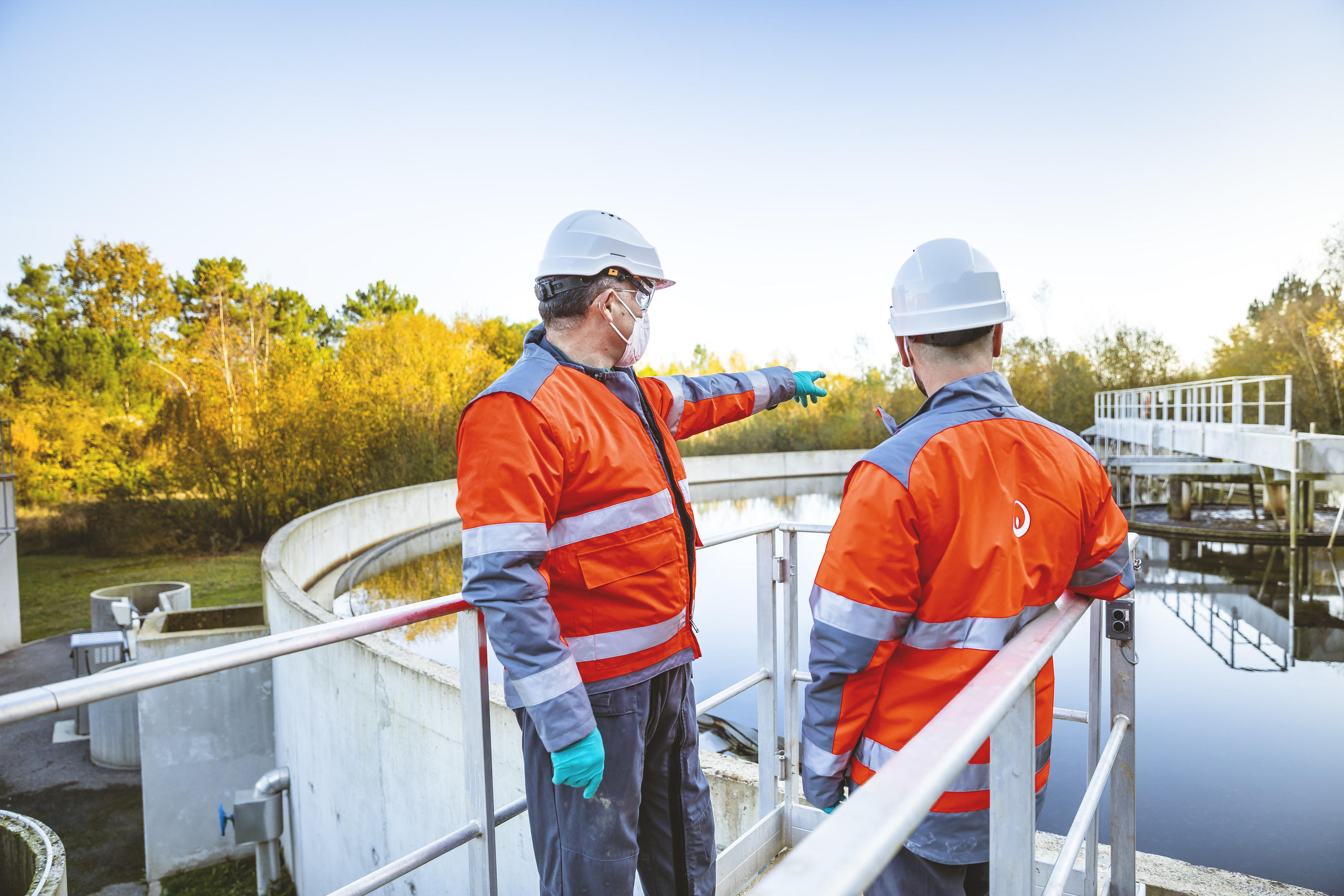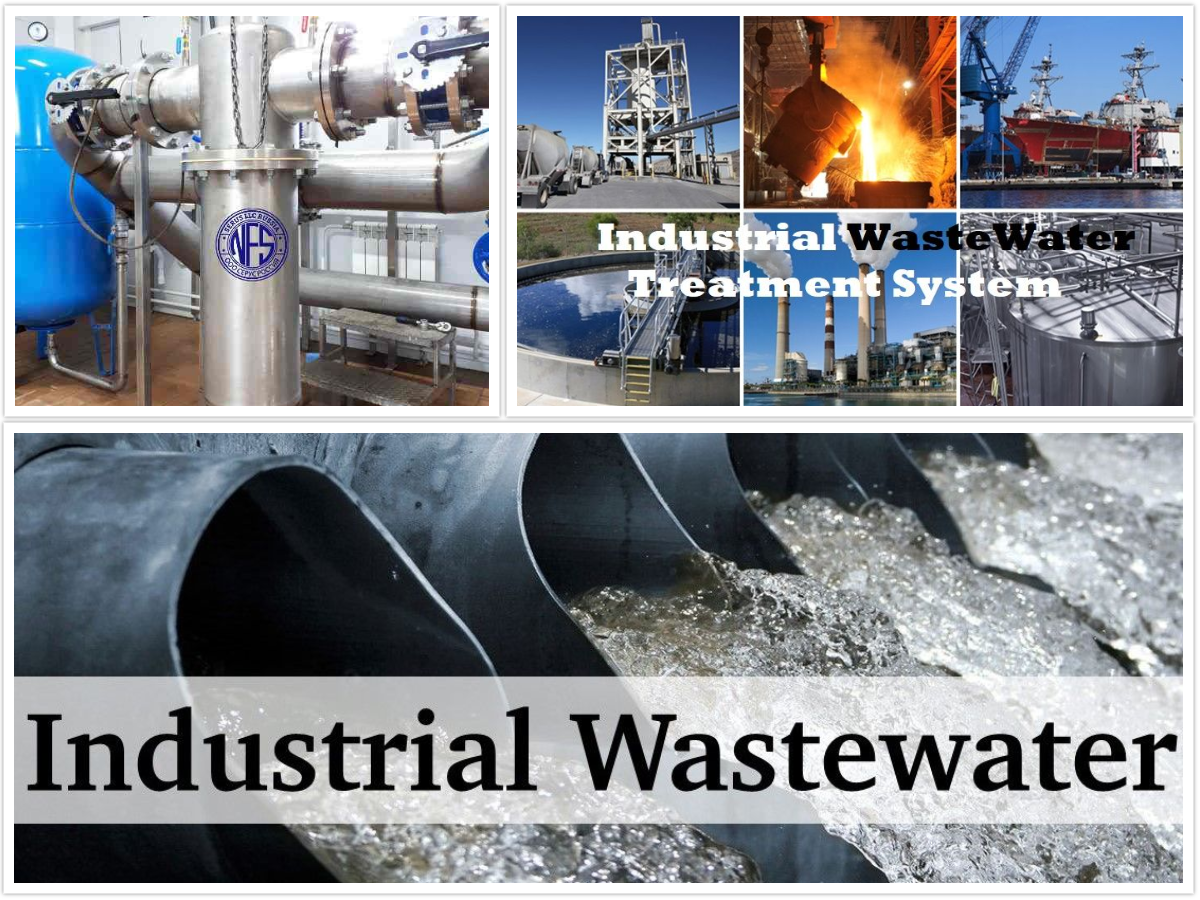Industrial Waste Water Treatment-- Advanced Solutions for Cleaner Effluents
Industrial Waste Water Treatment-- Advanced Solutions for Cleaner Effluents
Blog Article
Key Strategies in Industrial Waste Water Treatment Processes
The therapy of commercial wastewater is a critical facet of ecological management, including a series of techniques designed to reduce the impact of pollutants. From the basic physical approaches that separate solids to the advanced chemical and biological procedures that target particular toxins, each technique plays a crucial role in attaining water high quality requirements. Additionally, advancements in modern technologies such as membrane purification and progressed oxidation processes offer cutting-edge remedies for enhancing treatment effectiveness. Comprehending exactly how these methods interconnect and their implications for sustainability increases crucial concerns about the future of wastewater monitoring in market.
Physical Treatment Techniques
Exactly how efficiently can physical therapy approaches address the complexities of commercial wastewater? Physical therapy methods play a crucial function in the initial phases of wastewater monitoring, focusing largely on the elimination of solids and huge particulates. Methods such as sedimentation, flotation, and filtering are necessary for reducing the concentration of put on hold solids, thereby boosting the effectiveness of succeeding treatment procedures.
Sedimentation includes the gravitational settling of solids, enabling for the splitting up of much heavier materials from the wastewater. This approach is especially effective in clarifying water prior to biological or chemical therapies.
In addition, flotation protection methods, which use air bubbles to raise put on hold solids to the surface area for removal, work in dealing with wastewater with high focus of fats, oils, and greases. On the whole, physical therapy approaches function as an essential initial step in the comprehensive administration of commercial wastewater, making sure that the tons on succeeding therapy stages is reduced and improving overall treatment effectiveness.
Chemical Therapy Methods
While physical treatment approaches prepared for efficient wastewater administration, chemical therapy techniques are essential for dealing with the more complicated pollutants frequently found in commercial effluents. These methods use various chemical agents to precipitate, reduce the effects of, or oxidize dangerous materials, making sure a more thorough elimination of toxins.
One usual approach is coagulation and flocculation, where chemical coagulants such as aluminum sulfate or ferric chloride are contributed to promote the gathering of put on hold particles. This procedure enhances solid-liquid separation, lowering turbidity and improving water top quality. Furthermore, neutralization processes are utilized to readjust the pH of wastewater, making use of bases or acids to reduce the effects of acidic or alkaline streams, respectively.
Oxidation-reduction responses play an important function in derogatory natural pollutants and virus. Chemical oxidants like ozone, hydrogen, or chlorine peroxide are used to damage down complicated organic substances, making them much less unsafe or a lot more eco-friendly. Progressed oxidation processes (AOPs) integrate several oxidation strategies to enhance pollutant elimination performance.
Organic Treatment Processes
The effectiveness of wastewater treatment is significantly enhanced by organic treatment processes, which harness the natural metabolic activities of microbes to decay organic matter and remove toxins. Industrial Waste Water Treatment. These procedures largely involve anaerobic and cardio food digestion, each tailored for specific sorts of wastewater
Cardiovascular treatment processes make use of oxygen to sustain microbial development, advertising the breakdown of natural contaminants right into co2 and water. Usual methods consist of turned on sludge systems, where aeration containers assist in the blending of wastewater with microbes, and dripping filters, which motivate biofilm development on media surfaces.
On the other hand, anaerobic treatment processes take place in the lack of oxygen, using anaerobic microorganisms to disintegrate organic issue, leading to biogas manufacturing, an eco-friendly power resource. Anaerobic digesters are typically used in industrial settings for this purpose, successfully reducing the quantity of sludge while creating useful biogas.
The selection of an organic treatment approach depends upon wastewater attributes, treatment objectives, and regulative standards. The integration of organic procedures in wastewater therapy not only boosts toxin removal performance but also advertises sustainability by reducing chemical usage and sustaining source recuperation.
Advanced Oxidation Processes

Typical AOP strategies include Fenton's reagent, photocatalysis, and ozonation. Fenton's reagent, a mix of hydrogen peroxide and ferrous iron, militarizes the development of hydroxyl radicals, making it efficient for treating wastewater having phenolic compounds and various other recalcitrant compounds.
AOPs supply a number of advantages, consisting of reduced sludge manufacturing and the capacity to treat wastewater with high focus of natural toxins. Nevertheless, the execution of AOPs needs careful factor to consider of functional specifications and cost-effectiveness, making certain that these innovative strategies are suitably incorporated right into existing view publisher site wastewater therapy systems.
Membrane Layer Filtration Technologies

Microfiltration works for getting rid of put on hold solids and microorganisms, while ultrafiltration targets smaller sized natural molecules and infections. Nanofiltration links the gap between ultrafiltration and turn around osmosis, efficiently eliminating organic compounds and divalent ions. Reverse osmosis offers the highest degree of filtration, made use of mainly for desalination and getting rid of mono-valent ions.
Membrane layer innovations provide various advantages, including low energy consumption contrasted to traditional therapy methods, modular design for scalability, and the capacity for water healing and reuse. However, difficulties such as membrane layer fouling and the need for normal upkeep have to be resolved to guarantee system effectiveness. On the whole, membrane purification technologies stand for a vital component of contemporary commercial wastewater therapy strategies, promoting sustainability and source preservation in water management.
Conclusion
To conclude, commercial wastewater therapy utilizes a varied variety of methods, including physical, chemical, organic, and progressed approaches. Each approach plays a vital duty in efficiently dealing with numerous impurities, boosting water quality, and promoting source sustainability. The combination of these methods promotes a thorough treatment strategy, making sure Click This Link that industrial effluents satisfy governing requirements while lessening ecological impact. Continued advancements in these techniques will further improve the performance and effectiveness of wastewater therapy procedures in industrial setups.
The therapy of commercial wastewater is a vital facet of environmental management, involving an array of methods designed to minimize the influence of impurities.Exactly how successfully can physical therapy approaches address the complexities of industrial wastewater?Advanced oxidation processes (AOPs) stand for a sophisticated approach in commercial wastewater treatment, designed to efficiently weaken natural pollutants that are typically resistant to standard weblink therapy techniques (Industrial Waste Water Treatment).In final thought, commercial wastewater treatment utilizes a varied range of techniques, including physical, chemical, organic, and advanced techniques. Continued improvements in these methodologies will certainly better improve the performance and effectiveness of wastewater treatment processes in industrial settings
Report this page